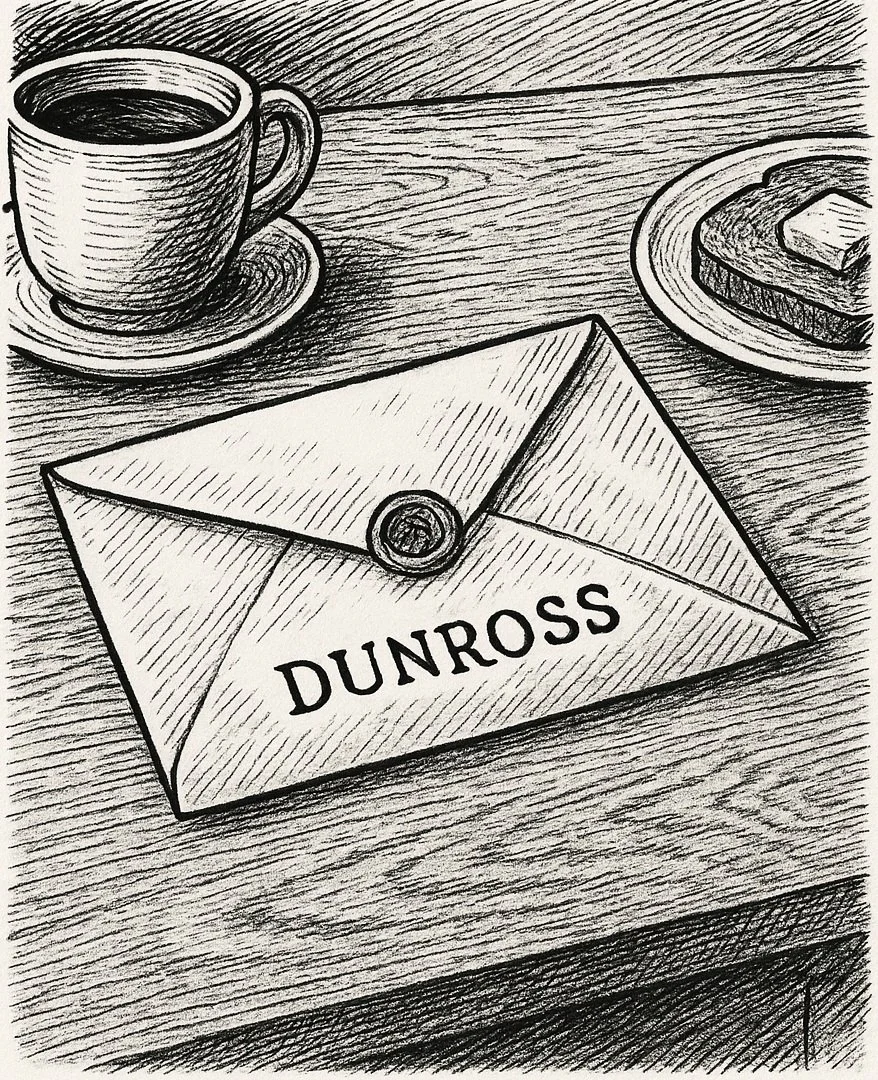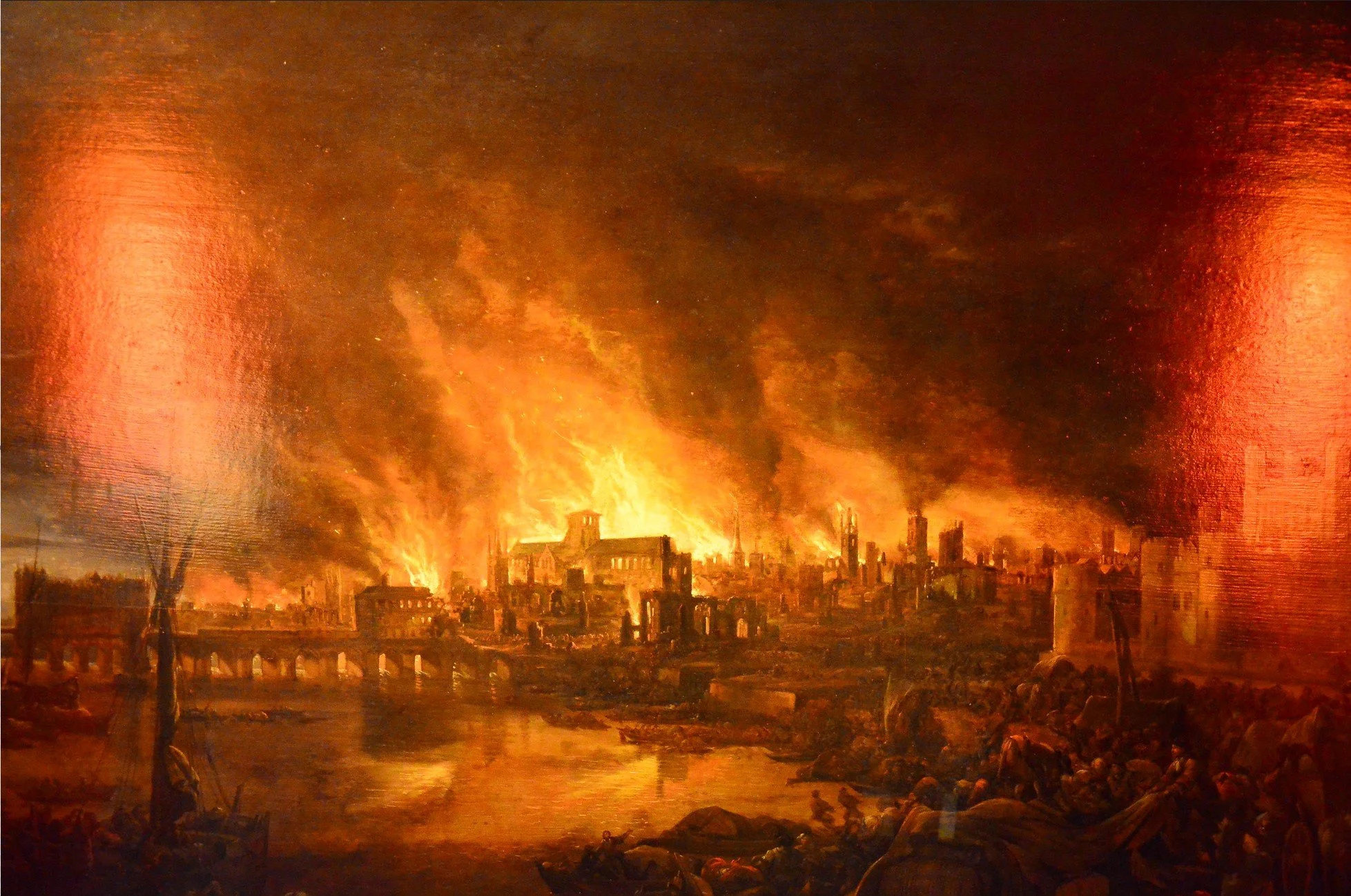
The Runes of Dunross
Book One of The Runekeeper Chronicles
When eleven-year-old Violet MacLeod inherits a crumbling Scottish manor perched high above the North Sea, she expects draughts, seagulls, and summer boredom—not the whisper of her name carried on the wind.
Dunross House stands on the bones of older stone, bound by ancient runes whose meanings were lost after the North Berwick witch trials. Centuries ago, women were accused of calling a storm that nearly sank King James VI’s fleet. But Violet’s dreams show something different: witches fighting the storm, not summoning it—and a colossal figure with a hammer forged from lightning.
As strange symbols begin appearing in her sketches, Violet and her best friend Rosa stumble into a web of history, myth, and haunting. A ghostly boy watches over them, a hooded witch stalks the cliffs, and the sea itself seems alive with memory. The runes are waking, drawn to Violet’s bloodline, and with them an ancient god’s fury stirs once more.
To survive, Violet must unlock the truth buried in Dunross’s walls and in herself. Each discovery pulls her deeper into a battle that began four hundred years ago—between those who seek to protect the world and those sworn to bring the storm back.
Lightning cracks above the moor. The old stones hum. And when the sticky door at the end of the corridor finally opens, Violet finds the tokens that will decide the fate of both the living and the dead.
Atmospheric, heartfelt, and terrifying in all the right ways, The Runes of Dunross blends Scottish folklore, real history, and a coming-of-age mystery into a story about courage, friendship, and the power of remembering what others tried to erase.
For readers who loved A Pinch of Magic, The House with Chicken Legs, and Percy Jackson, this is the beginning of an epic adventure where the past is never truly gone—and every storm hides a name.
Back page blurb…
When eleven-year-old Violet MacLeod moves to Dunross House, perched high on the Scottish cliffs, she expects draughts, sea spray, and the occasional creak of old floorboards. What she doesn’t expect is the whisper of her own name in the wind… or the runes that begin to appear wherever she goes.
The villagers say it’s just stories. But Violet knows better. The stone circle on the moor, the tokens that hum with ancient power, and the sticky door that never opens are all connected. Each step draws her closer to the truth: an immortal witch bound to the storm god Thor is hunting for the runes too — and she wants Violet out of the way.
With her fearless best friend Georgie, a ghostly boy guardian, and a bar of rosemary soap that might be the only thing keeping evil at bay, Violet must piece together the past before the storm breaks. The runes have chosen her — but will she have the courage to use them?
The Runes of Dunross: A Storm is Coming is a gripping blend of ghost story, Scottish folklore, and historical mystery — perfect for fans of Goosebumps, The House with Chicken Legs, and Percy Jackson.

The Printer’s Apprentice
A Novel of Plague, Fire, and the Press
London, 1665. As the Bills of Mortality climb and red crosses bloom on doors, sixteen-year-old Anne Ellwood keeps her father’s tiny print shop alive on Pudding Lane—inking formes, locking type, and learning that in a city of rumours, ink is the only honest witness. “Gold burns. Ink lasts,” her father says. Yet not all words bring comfort. Anonymous couriers begin arriving “as writ—no emendations,” and the neat “errors” in their loyal pamphlets whisper of a hidden hand moving men like freight.
When letters from a mysterious “John M.” start reaching Anne—pages on prisms, ciphers, and courage—the girl who sets other people’s sentences must decide which truths to print and which lies to refuse. Beside her stands Thomas, the quiet apprentice whose steadiness is a kind of oath; beyond the door are coffee-houses where talk becomes trade, counting-houses where coin becomes conscience, and a city that will soon trade one calamity for another.
Across 1665–1666, The Printer’s Apprentice follows Anne through plague winter and into the summer that ends in flame. You will walk Paul’s Walk and Exchange Alley; hear Pepys mutter about co-ordinated theft and a Lord Mayor reluctant to enlarge the watch; catch a glimpse of Evelyn measuring ruin into order; and feel London breathe again as the plague recedes, only to hold your breath when the wind turns and the night glows orange. As the Great Fire rises, Anne discovers what pamphlets can fetch that fire cannot—and how far she will go to keep her father’s name from burning with his shop.
This is a novel about words as weapons—how a mis-set letter can be a signal, how a handbill can summon a crowd, how a girl at a press can tilt a city by a single line. It is also a story of first loyalties, quiet heroism, and the stubborn courage of ordinary trades. In these pages you will find:
A vivid London: plague carts and parish pumps, rope-scented quays at midnight, coffee-houses that serve news by the penny, and the ash-bright mornings after fire.
A heroine to root for: Anne Ellwood, printer’s daughter, learning to read the marching of wrong letters and to set her own line straight.
A moral knot: When “necessary custom” pays the bills, what does a printer owe the truth?
Familiar witnesses: Pepys’s brisk ledger of survival; Evelyn’s clean-air resolve; a young Mr. Newton and Sir Thomas Bloodworth.
A breathless turn: a sting on the river stairs, a rumour dressed as law, and a night when the city must choose between orders and lanterns.
For readers of Sarah Waters, Hilary Mantel, Laura Shepherd-Robinson, and Stacy Schiff. The prose keeps a period cadence without losing pace; the research is woven into scene, not footnote.
What the book explores
Printing & power — the Stationers’ world, licensing, how a shop survives on the edge of law and custom.
Community under pressure — apprentices, midwives, watermen, coffee-house keepers; the way charity puts on its boots when sermons are not enough.
Plague & fire — terror and thrift, then heat and ash; how a city is unmade and remade by measured lines.
Hope — not the loud kind, but the kind that sets type in the dark so dawn has something to read.
The Printer’s Apprentice is ultimately a love letter to craft—to steady hands, honest tools, and sentences that outlast gold. When the smoke clears, what remains are the words we set for one another.
P.S. Curious readers may find that titles sometimes carry more than one duty
